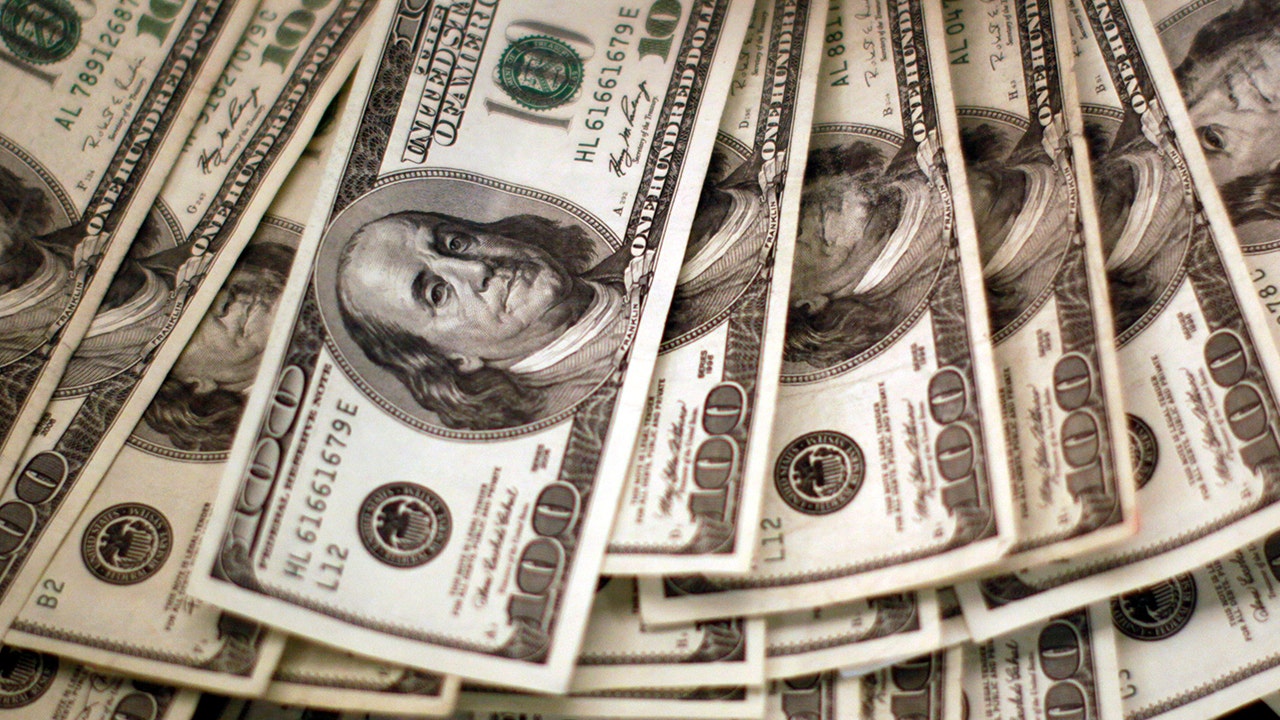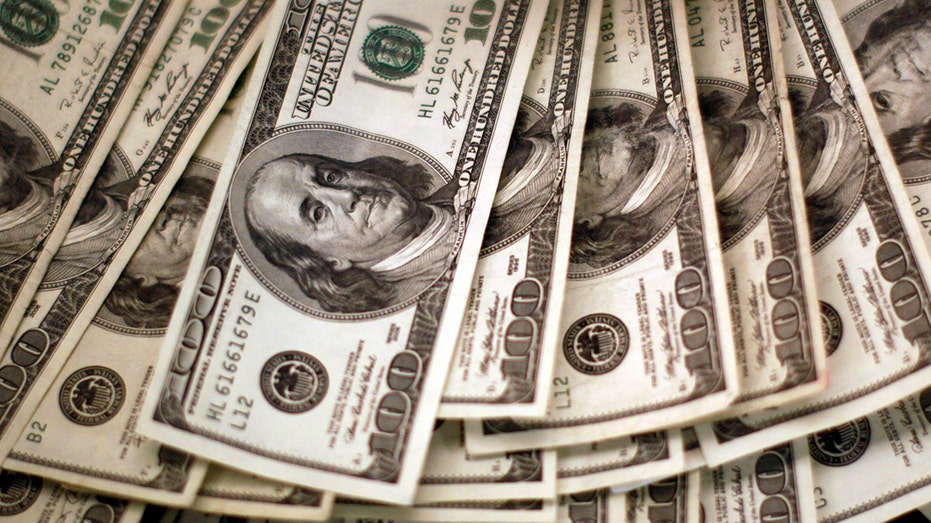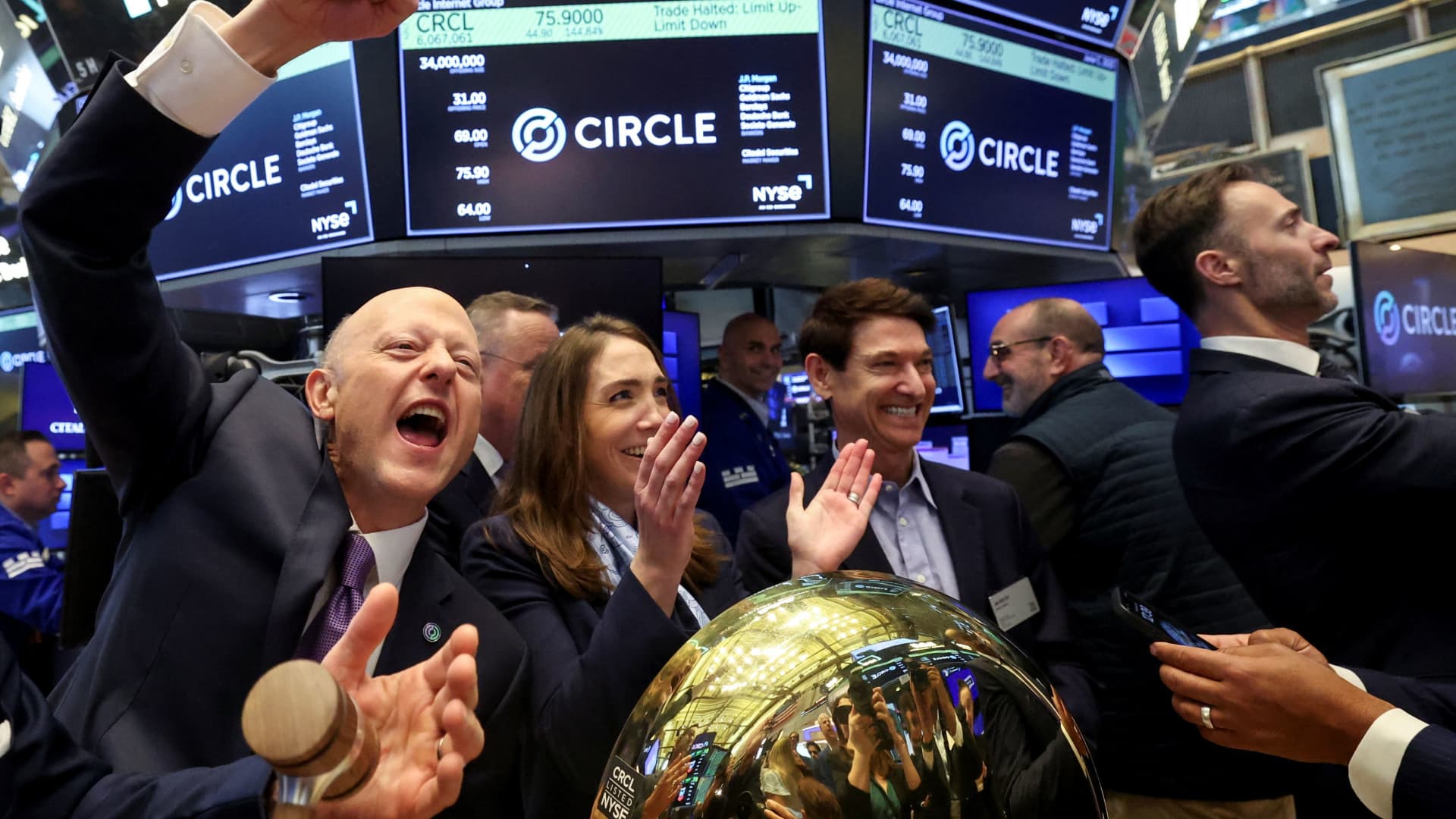Stock Trader’s Almanac editor-in-chief Jeffrey Hirsch gives his 2025 expectations for the stock market on ‘Making Money.’
They say you get better as you get older. This might just be true for 401(k) plans in 2025 for those striding into their golden years. Planning for retirement just got a significant boost for Americans aged 60 to 63, thanks to provisions in the SECURE Act 2.0.
Beginning in 2025, individuals in this age group will be eligible for something called a “super catch-up” contribution limit for employer-sponsored retirement plans, including 401(k)s. This exciting change, recently clarified by the IRS, provides a unique opportunity to accelerate your retirement savings during those crucial pre-retirement years.
The basics: Catch-up contributions
Catch-up contributions allow individuals aged 50 and older to save extra money for retirement beyond the standard contribution limits. For 2024, the catch-up contribution limit was $7,500, on top of the $22,500 annual contribution cap for 401(k)s and similar plans. These additional contributions are designed to help older workers close any retirement savings gaps they may have accumulated over the years.
CRYPTO INDUSTRY AWAITS TRUMP’S CFTC CHAIR PICK AS BEHNAM ANNOUNCES EXIT
Introducing the super catch-up
Under the SECURE Act 2.0, individuals aged 60, 61, 62, and 63 can contribute even more to their retirement accounts starting in 2025. The new “super catch-up” limit will be the greater of $10,000 or 150% of the regular catch-up contribution limit for the given year, adjusted annually for inflation. At 64, you go to the regular catch-up.
401(k)s just got a little better for those who are aged 60-63, thanks to new catch-up provisions. (Reuters)
For example, if the regular catch-up contribution in 2025 remains at $7,500, the super catch-up limit would increase to $11,250 (150% of $7,500). If the $10,000 floor is adjusted for inflation, it could rise even higher, allowing individuals to add substantially more to their retirement savings.
Why is this important?
This enhancement comes at a pivotal time for many individuals. Those in their early 60s often find themselves at the peak of their earning potential, with more disposable income available for saving. At the same time, they are rapidly approaching retirement and may feel pressure to bolster their nest eggs. The super catch-up offers a golden opportunity to bridge any shortfalls and strengthen their financial security.
GET FOX BUSINESS ON THE GO BY CLICKING HERE
Additionally, this provision aligns with the reality that many Americans are living longer. Increasing retirement savings can help ensure a more comfortable and secure retirement in the face of rising healthcare costs, inflation, and other financial challenges.
Key considerations
To take full advantage of the super catch-up, it’s essential to plan strategically:
Constellation Research founder Ray Wang discusses stock market trends of tech brands like Google and Amazon on ‘Varney & Co.’
- Evaluate Your Budget: Ensure you have the financial flexibility to maximize contributions. Cutting unnecessary expenses or reallocating resources may be necessary.
- Consult a Financial Advisor: Professional guidance can help optimize your savings strategy, factoring in tax implications and long-term goals. One good place to start is at Exit Wealth to learn more about this technique.
- Understand Tax Implications: Contributions to traditional 401(k)s are tax-deferred, reducing your taxable income now but subject to taxes during retirement withdrawals. Consider how this fits into your overall tax strategy and whether the regular 401(k) or the Roth 401(k) make more sense for your situation.
- Stay Informed: Keep an eye on annual IRS updates regarding contribution limits and inflation adjustments.
CLICK HERE TO READ MORE ON FOX BUSINESS
The super catch-up offers a golden opportunity to bridge any shortfalls and strengthen their financial security.
A new era of retirement savings
The super catch-up contribution is a testament to the growing focus on enhancing retirement readiness for Americans. By leveraging this opportunity, individuals aged 60 to 63 can significantly boost their retirement savings, potentially lower their overall tax liability, and provide greater peace of mind as they transition into their golden years.
If you’re approaching this age bracket, now is the time to review your retirement strategy and prepare to make the most of this exciting new provision. Retirement is a journey, and with the super catch-up, you can ensure yours is as secure and fulfilling as possible.
Ted Jenkin is president of Exit Stage Left Advisors and partner at Exit Wealth.
CLICK HERE TO READ MORE FROM TED JENKIN

 Blog Post1 week ago
Blog Post1 week ago
 Economics1 week ago
Economics1 week ago
 Finance1 week ago
Finance1 week ago
 Economics1 week ago
Economics1 week ago
 Economics1 week ago
Economics1 week ago
 Personal Finance1 week ago
Personal Finance1 week ago
 Accounting1 week ago
Accounting1 week ago
 Economics1 week ago
Economics1 week ago










